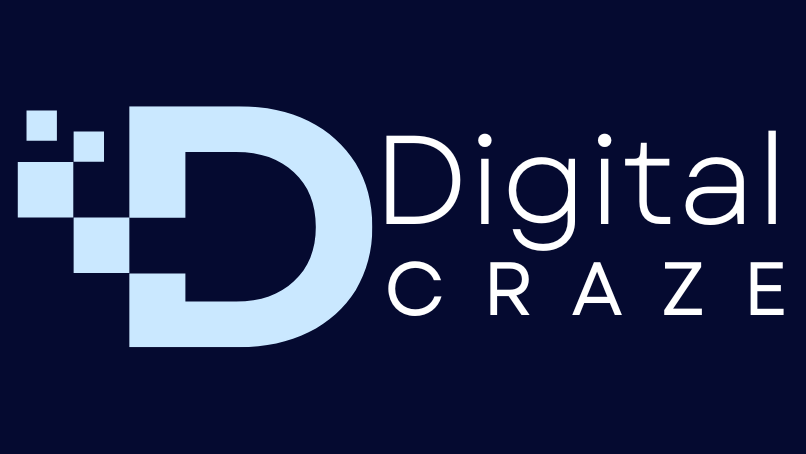Search Engine Optimization (SEO) has often been shrouded in mystery and complexity, leading many to believe it’s an intricate science beyond the grasp of the average website owner. However, the truth is far more reassuring: at its core, SEO is rooted in common sense and user-centric principles.
Over the years, various factors have contributed to the perception of SEO as a complicated endeavor. Industry jargon, rapidly evolving search engine algorithms, and the proliferation of self-proclaimed “SEO gurus” have all played a role in obscuring the fundamental simplicity of effective SEO practices.
The Two Pillars of Successful SEO
- User-Focused Content: At its heart, SEO is about creating valuable content that serves your audience. This means developing web pages, articles, and resources that directly address the questions, needs, and interests of your target visitors. When you consistently provide high-quality, relevant information, you naturally align with what search engines are designed to deliver: the best possible results for user queries.
- Search Engine Accessibility: While focusing on your human audience is paramount, it’s equally important to ensure that search engines can easily navigate and understand your website. This involves technical aspects such as proper site structure, clear navigation, fast loading times, and the use of appropriate meta tags and structured data.
By mastering these two elements, you lay a solid foundation for improving your search rankings and increasing organic traffic to your site.
The Journey of SEO Mastery
Embracing SEO as an ongoing process rather than a one-time fix is crucial for long-term success. This approach involves several key activities:
- Keyword Research: Continuously explore and analyze the terms and phrases your target audience uses when searching for information related to your niche.
- On-Page Optimization: Regularly refine your content and HTML elements (such as title tags, headers, and meta descriptions) to clearly communicate your page’s topic and value to both users and search engines.
- Performance Tracking: Utilize analytics tools to monitor your website’s performance in search results, user engagement metrics, and conversion rates. Use these insights to inform your strategy and content decisions.
- Experimentation: Don’t be afraid to try new approaches. SEO is not a one-size-fits-all solution, and what works for one website may not work for another. Be willing to test different strategies and learn from both successes and failures.
- Staying Informed: While the core principles of SEO remain relatively stable, the specifics can evolve. Keep abreast of major updates from search engines and best practices in the industry.
The Path to SEO Success
Instead of becoming paralyzed by the fear of making mistakes or not following some perceived “perfect” SEO formula, focus on implementing solid fundamentals. As you consistently apply these principles and remain attentive to your audience’s needs, you’ll likely observe positive changes in your search engine rankings and organic traffic.
Remember, SEO is not about gaming the system or finding shortcuts. It’s about creating a website that genuinely deserves to rank well because it provides exceptional value to its visitors. By maintaining this user-centric focus and ensuring your site is easily discoverable by search engines, you set the stage for sustainable SEO success.
As you continue to learn, adapt, and refine your approach, you’ll develop an intuitive understanding of what works for your specific audience and industry. This knowledge, combined with a commitment to quality and relevance, will serve as your most powerful SEO tool in the ever-evolving digital landscape.
